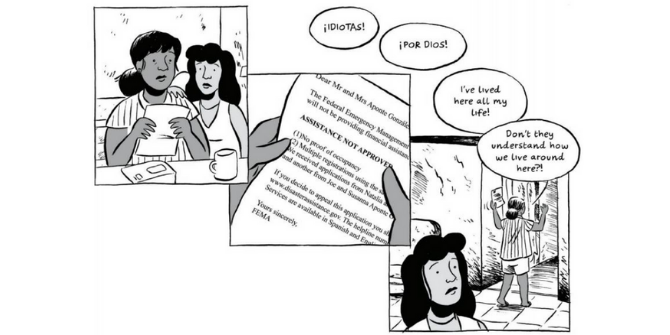Managing Editor Sierra Williams presents a round-up of popular stories from around the web on higher education, academic impact, and trends in scholarly communication.
We need different types of citation: Replicates, Falsifies, DependsOn, Acknowledges … by Mike Taylor at SV-POW argues for further metadata on citation type to be pulled in, which would add a richer and more useful layer to citation metrics.
Over at Patter, Pat Thomson interrogates the idea of ‘creative disobedience’ in academic writing within the existing structures of academic production and the economies of journal publication in social media – with/against academic writing?
…social media may play a very particular role in blurring the boundaries of what counts as academic research, writing and publishing. We can write tentatively in online contexts, exploring ideas in ways that are much more difficult within the essay/thesis industry or in conventional academic journals (e.g. such as this post). We can also experiment with different writing ‘voices’ and with different genres too, without too much fear of ridicule or punishment. While none of this social media activity is free from disciplines and disciplining, it is currently a less policed and more free ranging space/time. [read more]
Related to this week’s post on Wellcome Trust Open Access spend 2012-2013 which explored the differences in article processing charges across Wellcome Trust-funded research, Michelle Brook provides further analysis of the data and writes on The sheer scale of hybrid journal publishing at Quantumplations.
Source: screenshot from The sheer scale of hybrid journal publishing (data source found here)
Original data: Kiley, Robert (2014): Wellcome Trust APC spend 2012-13: data file. figshare. http://dx.doi.org/10.6084/m9.figshare.963054
Also on open access revenue and policy, The Commercialisation of Borderless Knowledge and the Role of Professional Associations by John Holmwood at Global Dialogue, the newsletter for the International Studies Association.
For the BSA, this now amounts to an income from publications of approximately £500,000 per year… However, it has been derived from a four-fold increase in subscriptions over the period, thereby contributing to the increased criticism of the unsupportable nature of the subscription paywalls to university libraries, especially in economically less advantaged universities and regions. Indeed, UK Research Councils declare strongly that publicly-funded research should not be a source of revenue and that the only viable model for academic publishing is a ‘cost-recovery’ model…But there is also an issue of principle – namely that ‘borderless’ publication might be a form of neo-colonialism of knowledge production and its dissemination….The threat within the UK is great, simply because of the combination of a high degree of commercial publisher penetration, English language and public policy mandates for OA publication. However, to the extent that English language publication becomes a criterion for academic success and promotion, and the extent to which OA publication becomes mandated elsewhere (as is occurring across the EU) the threat is extended. It subordinates global sociology along US lines and weakens national professional associations that might promote other sociologies. [read more]
For more on this topic, also see John Holmwood’s piece Markets versus Dialogue: The debate over open access ignores competing philosophies of openness. from our eCollection on Open Access Perspectives in the Humanities and Social Sciences.
Post publication peer-review: Everything changes, and everything stays the same by Bonnie Swoger at Information Culture:
…the growing number of commenting systems produces a distributed system that can make it difficult for people to know where to go to get information about an article. And I suspect that these systems will only multiple in the near future.
These new tools are providing a way for scientists to make their private conversations about recent research public, and allowing them to expand the group of people they can chat with. Although the goal is to provide feedback and commentary, the limits of space (how many people can fit in the room, who has the office next door) no longer apply. [read more]
And last but not least, Policy relevant science – life on the boundary by Brian McGill at Dynamic Ecology:
For science to expand out and reach policy, we need to have good conceptual models of this process to make us skilled practitioners and to help train students. The model that resonates the best for me centers on boundary spanning and boundary workers. I like this model in part because I think it makes clear that not everybody in science is or needs to be a boundary worker, that we can have boundary spanning and non-boundary spanning roles, and that the act of boundary spanning is indeed much more than ”just doing science but communicating it better”. I think scientists need to: a) not just leave this topic as a research topic solely to social scientists, and b) start getting serious about this as a formal skill that we need to train our students in. [read more]









1 Comments